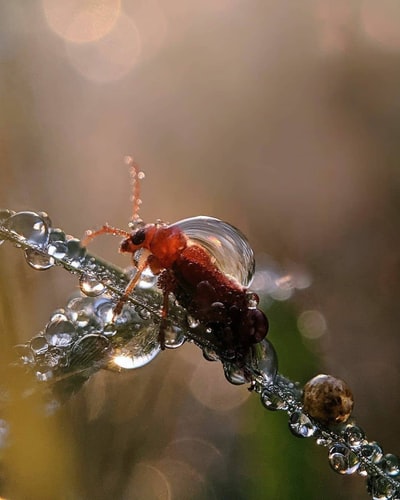All organisms respond to different stimuli and in different ways.
- Tropisms are directional movement responses in plants.
- Phototropism is growth towards light.
- Gravitotropism is growth towards gravity.
- Organisms that are mobile can use taxes and kinesis to ensure that the environment they’re in is favourable.
- Kinesis refers to orienting behaviour that’s non-directional.
- Taxis refers to orienting behaviour that’s directional.
- A simple reflex is a rapid and automatic response to a stimulus.
- A simple reflex arc is composed of three neurones. The nerve pathway which is innate.
- The heart rate is controlled by the autonomic nervous system.
- The autonomic nervous system is composed of the sympathetic nervous system and the parasympathetic nervous system.
- Blood pressure is maintained by baroreceptors located in the carotid arteries.
- Pacinian corpuscles are the largest skin receptors and respond to pressure changes via sodium channels in their membranes.
- Rods and cones are photoreceptors located in the eyes.
- Cones are responsible for high resolution vision and rods are much more sensitive than cones but not to colour.
——————————————————
TEST IT!
1.
Organisms that are mobile use taxis and kinesis.
a) What’s the difference between taxis and kinesis?
b) Tropisms are directional movement responses in plants. Describe the following types of tropism.
i. phototropism
ii. gravitotropism
2.
A simple reflex is a rapid and automatic response to a stimulus.
a) Provide two characteristics of a simple reflex.
i. ________________________________________________
ii. _______________________________________________
b) Describe how a hand moves away from touching something hot using the three neurones in the simple reflex arc.
3.
As part of her training an athlete has her heart rate monitored.
a) As she runs, what maintains her blood pressure?
b) What system is alerted if her blood pressure decreases and what affect does it have on her body?
c) What role does the medulla oblongata play in maintaining blood pressure?
——————————————————
ANSWERS
1.
a) Kinesis refers to orienting behaviour that’s non-directional. Taxis refers to orienting behaviour that’s directional.
b)
i. Phototropism is how a plant stem grow towards the light.
ii. Gravitotropism means that a plant will grow so that it keeps orientated relative to gravity.
2.
a) Answers include:
i. it only uses a few neurones
ii. it’s very fast as there’s only a few synapses for the message to move across
iii. it’s involuntary
iv. it’s innate
v. it’s invariable so the response is always the same
b) The sensation is picked up by a pain receptor in the skin. A sensory neurone transports the impulse to an interneurone located in the spinal cord. The nerve impulse is then carried by a motor neurone to a muscle which contracts.
3.
a) Baroreceptors
b) The sympathetic nervous system is alerted and gets the heart to pump faster.
c) It contains chemoreceptors.
 All organisms respond to different stimuli and in different ways.
All organisms respond to different stimuli and in different ways.